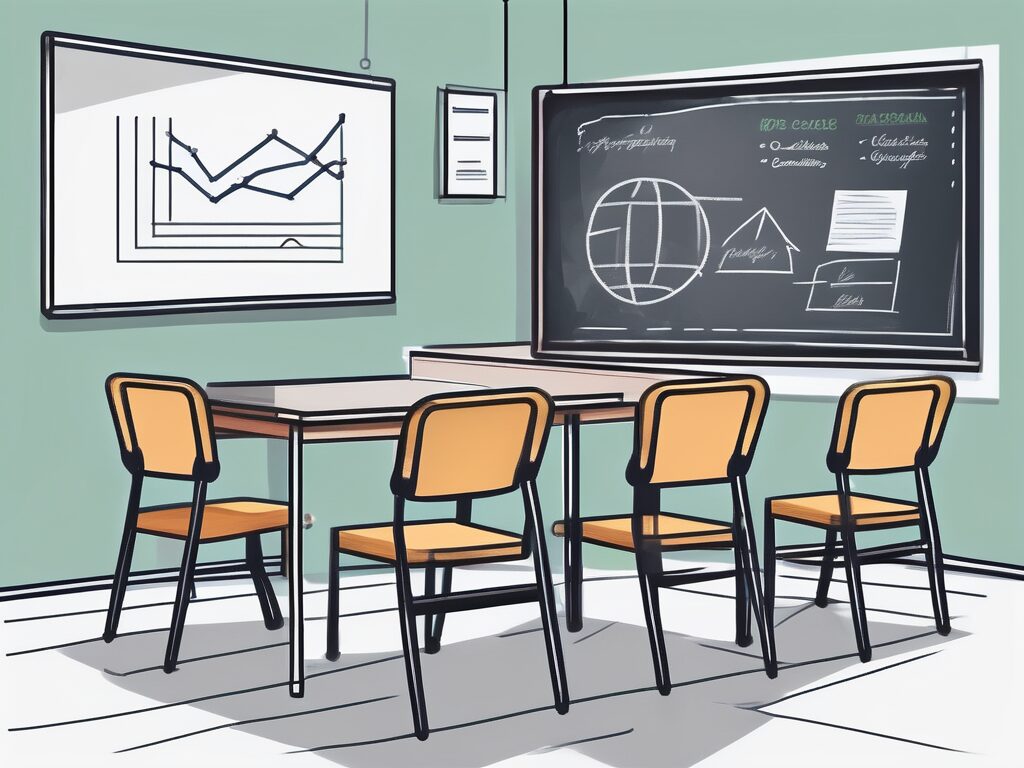In the dynamic world of education, collaborative teaching has emerged as a powerful tool to enhance the learning experience. Particularly in Malaysia, where the International Postgraduate Certificate in Education (IPGCE) is gaining traction, collaborative teaching is being embraced as a progressive approach to pedagogy. This method, which involves two or more educators working together to plan, implement, and evaluate a teaching programme, is proving to be a game-changer in the realm of education.
But how can you effectively implement collaborative teaching with an IPGCE in Malaysia? Here are five strategies that can help you make the most of this innovative teaching approach.
1. Establish Clear Roles and Responsibilities
Just like in a football team where each player has a specific role, in collaborative teaching, it’s crucial that each educator knows their responsibilities. This clarity helps to avoid confusion and ensures that all aspects of the teaching programme are adequately covered.
For instance, one teacher could focus on lesson planning while the other could take charge of student assessment. Alternatively, responsibilities could be divided based on subject expertise, with each teacher handling the topics they are most familiar with. The key is to ensure that all educators involved in the collaborative teaching process are on the same page and working towards the same goal.
2. Foster Open Communication
Open communication is the backbone of any successful collaborative endeavour. In the context of collaborative teaching, it facilitates the sharing of ideas, feedback, and concerns, thereby promoting a healthy and productive working environment.
Regular meetings can be a good way to ensure that all educators are kept in the loop. These meetings can be used to discuss lesson plans, student progress, and any challenges that may have arisen. In addition, creating a safe space where educators feel comfortable expressing their opinions can encourage more active participation and lead to more innovative teaching strategies.
3. Utilise Technology
Technology can be a powerful ally in collaborative teaching. From shared online documents that allow for real-time collaboration to communication platforms that facilitate discussions, technology can make collaborative teaching more efficient and effective.
For example, Google Docs can be used to create shared lesson plans, allowing all educators to contribute and make changes in real time. Similarly, platforms like Slack or Microsoft Teams can be used for communication, making it easier to share ideas and feedback. By leveraging technology, educators can work together more seamlessly, regardless of their physical location.
4. Encourage Peer Observation
Peer observation, where educators observe each other’s teaching methods, can be a valuable tool in collaborative teaching. It provides an opportunity for educators to learn from each other, gain new perspectives, and improve their own teaching practices.
For instance, an educator with a strong background in interactive teaching methods could observe a colleague who excels at lecture-style teaching. This could provide the observing educator with new insights and techniques that they can incorporate into their own teaching. Similarly, the observed educator could receive constructive feedback, helping them to refine their teaching methods.
5. Engage in Continuous Professional Development
Education is an ever-evolving field, and staying up-to-date with the latest teaching strategies and educational research is crucial. This is where continuous professional development (CPD) comes in. By engaging in CPD, educators can continually improve their teaching skills and stay at the forefront of educational innovation.
CPD can take many forms, from attending workshops and conferences to participating in online courses. In the context of collaborative teaching, CPD can also involve learning from each other. For example, educators could share their experiences and insights from recent CPD activities, thereby contributing to the collective knowledge of the team.
In conclusion, collaborative teaching with an IPGCE in Malaysia can be a powerful way to enhance the learning experience. By establishing clear roles and responsibilities, fostering open communication, utilising technology, encouraging peer observation, and engaging in continuous professional development, educators can work together to create a dynamic and effective teaching programme. So why not give these strategies a try and see the difference they can make in your teaching practice?
Elevate Your Teaching Career with IPGCE
Ready to transform your teaching practice and elevate your career? Join the UK’s #1 Teacher Training Course, the IPGCE, and overcome the barriers that stand in your way. With our programme, you’ll not only meet the stringent qualification requirements of international schools but also increase your chances of securing interviews and advancing in your career. Connect with a global network of professionals, gain a deep understanding of international curricula, and enjoy the flexibility of balancing professional development with your current commitments. Don’t let underqualification hold you back any longer. Join the IPGCE and become part of a community that’s shaping the future of education.

